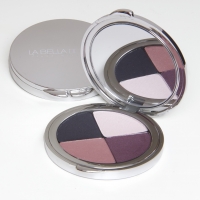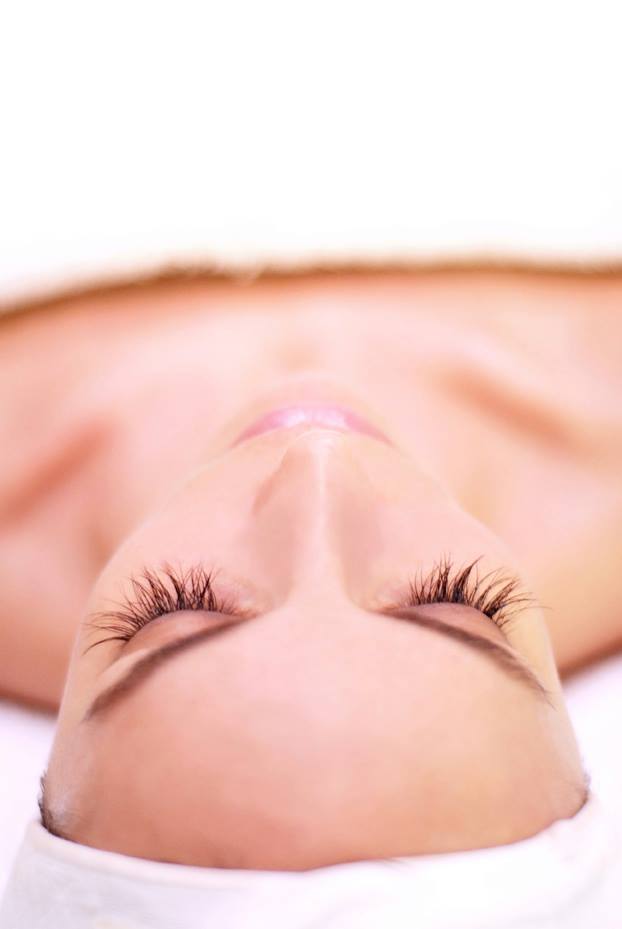What Are Facial Peels?
Facial peels are products that are applied to the skin in order to remove dead cells and expose the fresh, softer skin below. The term is also used to describe the treatment you receive when a peel product is applied to your skin.
Estheticians use mild facial peels that affect only the outermost layer the epidermis — skin that’s most hardened, and no longer “alive.” Dermatologists, plastic surgeons and other similar medical professionals apply peels that delve deeper into the skin’s “live” dermal layer.
How Do Peels & Exfoliation Differ?
The term exfoliation refers to any procedure that sloughs away dead skin to reveal softer, fresh skin below, and that includes facial peels. We can exfoliate our skin manually with scrubs or a microdermabrasion procedure, or chemically by applying products such as peels.
Any method that helps remove dead, crusty skin is a form of exfoliation. Doing something as simple as using a washcloth to remove product will help exfoliate your skin.
What Are a Few Products Estheticians Use for Facial Peels?
Alpha Hydroxy Acids (AHAs) are acids that remove dead skin by dissolving the “cement” that holds cells together. They are often formulated from glycolic acid (derived from sugar cane), lactic acid (from milk) and malic acid (from apples). Read an article by Dr. Diana Howard, which explains why products made from lactic acid might be a very good choice for your peel.
Beta Hydroxy Acids (BHAs) exfoliate the surface of the skin, as alpha hydroxy acids do, and are also lipid soluble, a characteristic that allows them to penetrate into pores to soften oily blockages.
Salicylic acid is an antimicrobial BHA used in chemical peels. It can be an effective treatment for acne and other blemish-prone skin, but does come with a few warnings:
- Pregnant or lactating women should speak to their doctor before having this type of peel, because salicylic acid is absorbed through the skin and could impact the baby and mother’s milk.
- Salicylic acid peels should not be used over large areas of the body unless approved by a physician.
- People with kidney disease, liver disease, diabetes or poor circulation may not be able to use products containing salicylic acid.
- Anyone with an allergy to aspirin should avoid salicylic acid, since the two products are related
Always ask your dermatologist or skin care therapist to explain the pros and cons of any product used in a skin peel.
Why Should I Have a Facial Peel?
Superficial chemical peels can benefit the skin in many ways:
- Stimulate blood flow and increase the rate of skin turnover, bringing newer cells to the surface more rapidly
- “New” skin has a smoother appearance, and is better able to retain moisture.
- Improve the effects of sun damage, including a softening of fine lines and a lightening of hyperpigmentation (commonly called age spots)
- Helps to remove open comedones (blackheads) or make their extraction an easier process; often makes it easier to remove closed comedones (whiteheads) which must be lanced prior to removal
- Improves red, pus-filled acne blemishes (by making them easier to extract when they’re ready)
- Improve overall skin texture and remove debris from the skin’s surface.
After evaluating your specific concerns, your skin care therapist may recommend a series of peels.
Conventional Peel Strengths & What to Expect
Each state regulates the strength of peels that can either be sold over the counter or applied by an esthetician. Acid peels are only left on the skin for a few minutes, but your skin will probably become red during the procedure.
Your skin will be sensitive after a peel, so don’t forget to wear sunscreen, and a wide-brimmed hat sure can’t hurt. Many people opt to undergo a series of peels in the fall and winter months, when the sun isn’t directly overhead. Your therapist will offer recommendations for complete home aftercare.
Peels applied by physicians are more intense, and recovery time varies. Ask your doctor to explain the process thoroughly before you have a medium to deep peel.
 Kasia Organic Medi-Facial - NO Down Time - Best Organic Peel Alternative
Kasia Organic Medi-Facial - NO Down Time - Best Organic Peel Alternative
A revolutionary facial treatment that will have you rethinking the average facial “peel.” This treatment is safe, painless, and will not strip or damage your skin.
The Kasia Skindeep Organic Medi-Peel and/or Facial have a 2.0% Retinaldehyde, making it the only non-acid peel that will infuse the dermis with fibroblast stimulators, immune boosters, antioxidants, pigment lighteners, and calming anti-inflammatory and anti-bacterial ingredients.
Expect results with this powerful synergy that rejuvenates the skin by increasing collagen production, fighting free radical damage, scavenging scar tissue and helping reduce hyperpigmentation making it an amazing treatment for any skin type or condition.
Learn more here about our Medi-Facial
Enzyme Exfoliants Can Be an Excellent Option
Enzyme exfoliants, also usually called peels, are an excellent option for most of us, and are especially useful for skin that is too sensitive for other types of peels. Kasia's pumpkin enzyme peel is a personal favorite of mine, for removing that very outermost layer of hardened skin and for preparing clients for much easier blemish extraction.
Skin Peel Advice from Skin Care at Blue Ridge Comforts, ©2012




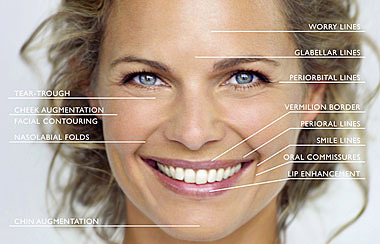





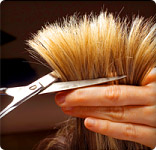 Dry hair causes split ends and you want to nip them in the bud, so to speak. When the hair begins to split at the bottom it will keep splitting until you trim off those ends.
Dry hair causes split ends and you want to nip them in the bud, so to speak. When the hair begins to split at the bottom it will keep splitting until you trim off those ends.
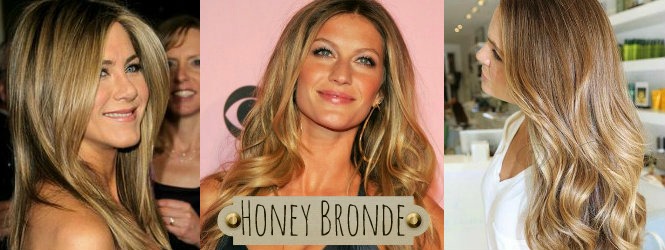

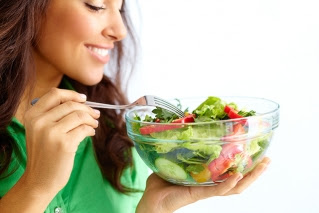


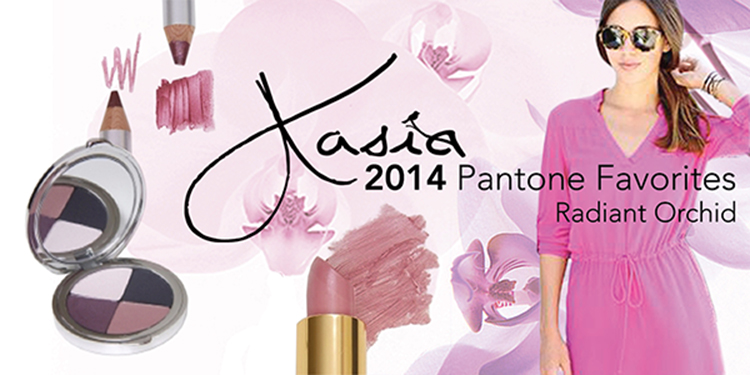
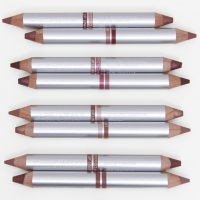 The natural antioxidants duo-ended crayons are richly pigmented and designed to line, define and enhance your pout. A high level of precision, as well as smoothcoverage. The soft, rich colour pay-off makes this formulation a favorite used among makeup artists.
The natural antioxidants duo-ended crayons are richly pigmented and designed to line, define and enhance your pout. A high level of precision, as well as smoothcoverage. The soft, rich colour pay-off makes this formulation a favorite used among makeup artists.